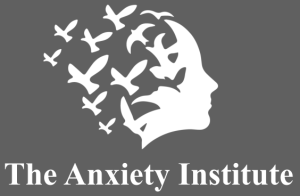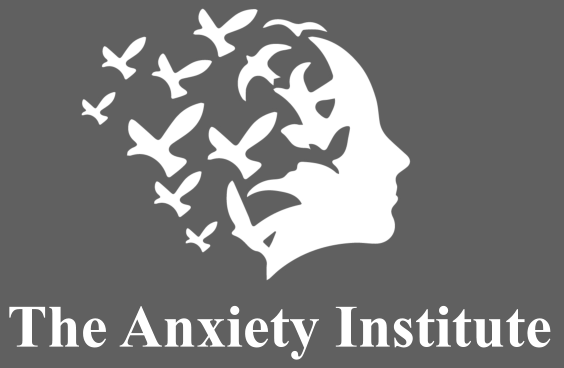Paralysed: Larry’s Story
Breaking Free: Larry's Story
My journey with OCD began unexpectedly on a night that was supposed to be filled with the typical college student’s cram session. It was May 4th, 1989, and with two crucial exams looming, I found myself ensnared in a relentless loop of rereading the same page until the early hours of the morning. Recognizing I was in over my head, I sought help at Penn State University’s crisis centre.
There, a psychologist introduced me to the world of obsessive-compulsive disorder through the pages of the DSM-III, putting a name to the invisible force that had commandeered my life. In that moment, I felt an overwhelming mix of relief and exhaustion; I had finally identified the enemy.
Yet, the initial clarity brought by my diagnosis soon blurred as I fell into the throes of collegiate revelry. My battle with OCD took a backseat to nights filled with fraternity parties and fleeting escapades.
It wasn’t until a severe diving accident in 1990, which left me paralyzed from the chest down, that I truly confronted the depths of my condition.
The paralysis forced a harsh introspection, revealing that my true captivity was not to the confines of my wheelchair, but to the relentless grip of OCD.
My subsequent journey was a testament to the complexity of battling both physical and mental constraints. The absence of my physical rituals thrust me into a heightened state of anxiety, making my engagement with Exposure and Response Prevention (ERP) therapy an inadvertent necessity. Rehabilitation for my physical injuries intertwined with my fight against OCD and depression, creating a daunting obstacle course that tested every fiber of my being.
Despite the rocky road, the support of a new psychologist and a restarted regimen of Prozac slowly ushered in rays of hope. The dark clouds of my OCD began to part, revealing glimpses of a life not wholly dominated by compulsions and rituals. Yet, this newfound stability was not without its challenges. My OCD adapted to my physical limitations, morphing into a maze of mental rituals that consumed my days and gnawed at my spirit.
The pursuit of my education became a beacon of light in this tumultuous journey. My return to Penn State, followed by a successful stint in a Master’s program, underscored the power of perseverance and the invaluable support of those who believed in me. However, the euphoria of academic accomplishments was shadowed by the resurgence of my OCD symptoms, a reminder of the cyclical nature of my battle.
In the face of these setbacks, I made the bold decision to seek out an intensive outpatient OCD clinic, a move that rekindled my determination to regain control over my life. The clinic, though challenging, was a critical step in my journey, equipping me with tools and strategies to combat my OCD.
Today, my life is a testament to the enduring spirit of the human will. My commitment to educating others about OCD and leading support groups is not just a personal goal but a mission to shine a light for those navigating similar dark paths. My involvement in physical therapy and community groups is a daily reminder that engagement and socialization are potent antidotes to the isolation wrought by OCD.
As I share my story, I hope to offer a beacon of hope to those grappling with the dual challenges of physical disabilities and OCD. My journey is a narrative of struggle, resilience, and the unyielding belief in the possibility of a brighter future.
In the tapestry of life, my story is but one thread, woven with the hope that it may guide others out of the shadows and into the light.

